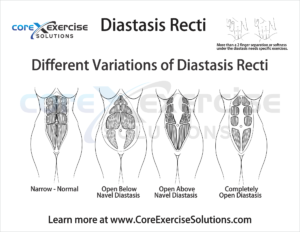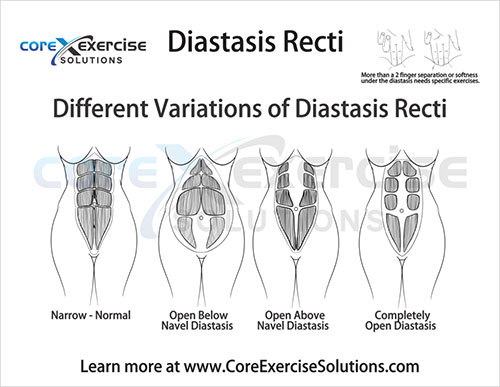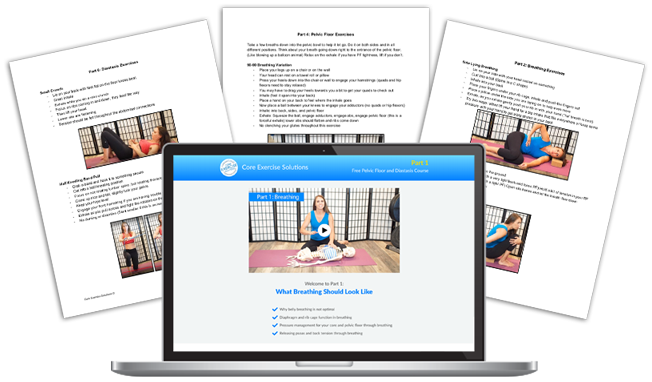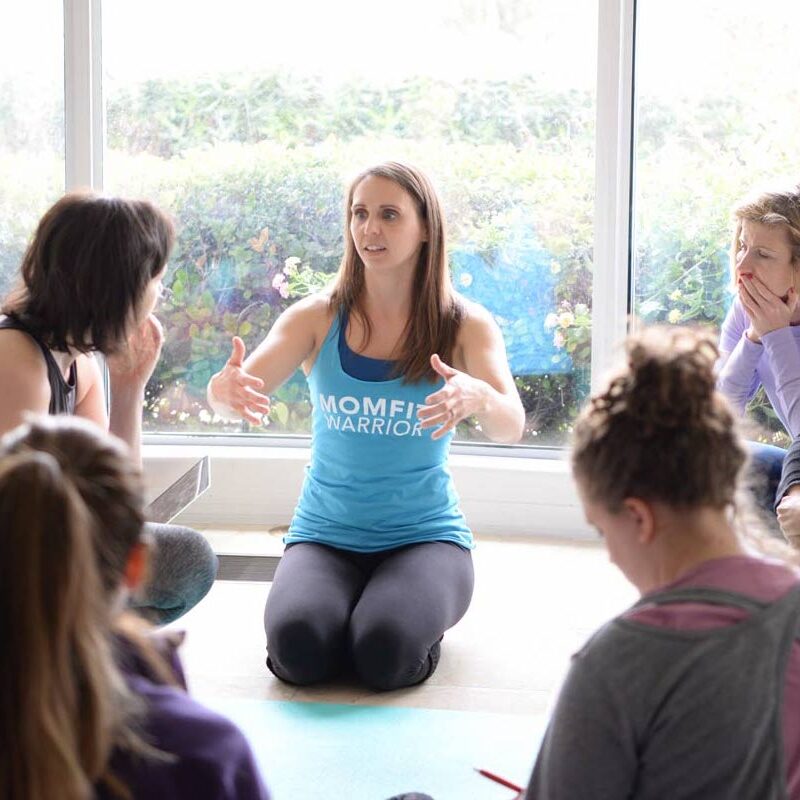Thinking about hernia or diastasis surgery? Frustrated that your abdominal separation won’t close? I’d like for you to consider this first.
Is your body using its muscles correctly? Weird sentence, right? Most of the patients I see with a Diastasis Rectus (abdominal separation) and/or a hernia, do not use their muscles correctly. We are going to call this "use" - loading. They may even be doing their exercises correctly. (MAY!) But, it’s how you load your body during everyday life that matters, not just during your exercises and IT MATTERS A LOT.
How do you stand when you are waiting in line or at the park? Do you stand with your hips slightly forward?
How do you stand when you brush your teeth or put on makeup? Do you lean on the counter or do you support your weight.
How about when you wash dishes? Do you shift forward to rest your belly on the sink? Do you hunch and get an achy back?
How do you carry your child? Do you stick out one hip? Do you lean back to support them on your shoulder when your arm gets tired?
How do you bend over to load the dishwasher? Do you hinge at the hips, sticking out your bottom? Very unlady-like, I know, but very important for your core and hips. Or do you hunch?
What are your natural movement patterns (i.e. how you load your core) all day? Are your movements helping you heal or preventing it?
One of the criteria for surgery is failure of a patient to progress in their exercise program. Does that also mean failure to load the dryer and pick up the laundry basket correctly as well?
What we do all day matters more than what we do in our 30 minutes (if we are lucky) of exercise every day (again, if we are lucky). How you use your body for daily habits is what matters most.
So, what’s up with exercise programs? Even I recommend one. They help create strength and habits that carry over into real life. That is if you do the exercises correctly and increase your mindfulness for everyday activities. What if you go to PT and there is no movement education? What if it’s only “heel slides, drawing in, bridges and clams?” Then you need to fire your PT and find another. Of course, that patient is going to “fail”, no one is giving them instructions on how to walk, move or bend. Those things need to come first, then the exercises should reinforce it.
 There are some abdominal separations that require surgery. If the fascial damage is extensive, the patient is loading correctly, tried multiple PTs and the abdominal separation is causing issues like back, hip, pelvic floor or neck pain, then call the surgeon. A DR is not something you want to let go on forever. Diane Lee (guru in the field) recommends at least 1 year of working on it.
There are some abdominal separations that require surgery. If the fascial damage is extensive, the patient is loading correctly, tried multiple PTs and the abdominal separation is causing issues like back, hip, pelvic floor or neck pain, then call the surgeon. A DR is not something you want to let go on forever. Diane Lee (guru in the field) recommends at least 1 year of working on it.
Picture a drinking straw, it holds pressure right? Much like your abdominal cavity. If you put a slit up the middle, it’s not going to hold pressure. Failure to transfer pressure correctly through your abdominal cavity can cause major issues elsewhere in the body. Think pelvic floor and low back especially!
What about that hernia? Is it causing you pain and discomfort? Have you learned how to manage pressure correctly in your core? (Meaning, you can keep it from bulging when you load it.) If you can and it's still not healing, consider surgery.
Why do some women bounce back after pregnancy and others struggle with a separation. I wrote an article on it from my clinical perspective here:
A Fascinating Look at Two People with a Tummy Bulge and Diastasis: [READ HERE]
Katie Bowman sums it up so nicely, I think I’ll just quote her.
“One of the reasons people have a difficult time correcting their own ailments without surgery is because they are not changing what they did that caused it in the first place – and I don’t mean what they were doing the moment before the ailment happened. Fixing DR is the same as anything else. It is not a situation caused by pregnancy, or a giant baby. It is caused by carrying high pressure in the abdomen. Trying to do exercises to fix a pressure-induced issue while continuing to hold your body in a way that continues to create high pressure will never work.
If a pressure-based ailment has developed in your body, then your entire body needs to be aligned so the pressure goes back to the correct homeostatic values. We have become a spot-treatment kind of culture. An “I’ll give my health at least 60 minutes-a-day” kind of population. An “I’ll spend more money on my clothes than I on what’s under them” kind of population. But if you are really interested in fixing your DR for good, you need to learn what caused it and what you are doing, right now, that is keeping the split in place.” Read the rest of her article here: https://nutritiousmovement.com/under-pressure-part-1/
So, what I beg of you is to fix how you load your body. If your abdominal wall bulges when you load it. That’s fixable. Through exercise and mental training. If you run to surgery without changing your mechanics, you will bulge and pull at the surgical repair after the fact when you try and exercise. This is not pretty and makes me cringe. Also, these are the patients I see later for neck, back, hip and knee pain. Those faulty mechanics are doing more than keeping your diastasis from closing.
Change how you stand, sit and move, change your habits and you might just change your separation for good. Hopefully, this helps shed some light on your abdominal separation, hernia, recovery and surgery thoughts.
Helpful videos to check out:
Checklist for Recovery:
Your posture and alignment are perfect
Your movement patterns: walking, bending and lifting are perfect
Your ribcage moves with a 360 breathing pattern
Your core and glutes fire correctly
Your hip flexors are not tight
You're consistent with both daily movements and your exercises.
Want to know what exercises I recommend or learn more about a diastasis? [Click here]
Diane Lee is amazing. Her clinical reasoning and experience make her the best in the field. She has laid out some great criteria to look at before considering a surgical repair. Here they are, straight from her website. If you are considering surgery, give these a read through and be honest with yourself, have you put forth all the effort you could have for being successful in your exercise program? If that answer is yes, call the surgeon.
- See more at: http://dianelee.ca/article-diastasis-rectus-abdominis.php#sthash.aYvkhrHz.dpuf”
Try This Free Diastasis Recti Educational Series
Dr. Sarah Duvall, PT, DPT, CPT, and the CES Team have helped thousands of women create the strength and stability needed to overcome diastasis recti and build core strength.
Join us today for this 4-part Diastasis Recti Video Series, absolutely free.
We don't spam or give your information to any third parties. View our Terms of Use and Privacy Policy.
Working with pregnant and postpartum clients/patients?
This 6-part course offers key takeaways on breathing, pelvic floor strengthening and diastasis recovery. Sign up and start learning today!
About The Author:
Dr. Sarah Ellis Duvall, PT, DPT, CPT, CNC
As a mother of two, Dr. Sarah knows what it takes to fully recover from having a baby and her passion lies in helping women be stronger after baby.
She has rehabbed 1,000s of women with diastasis, prolapse, leaking, pelvic floor pain and tightness. She also provides cutting-edge education to health and wellness professionals so they can better help women overcome pelvic floor issues.



